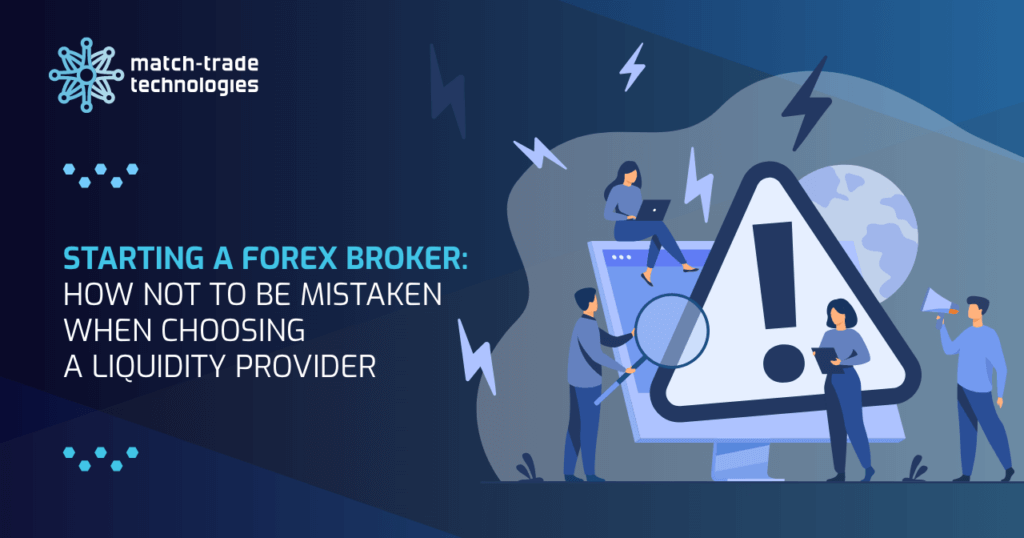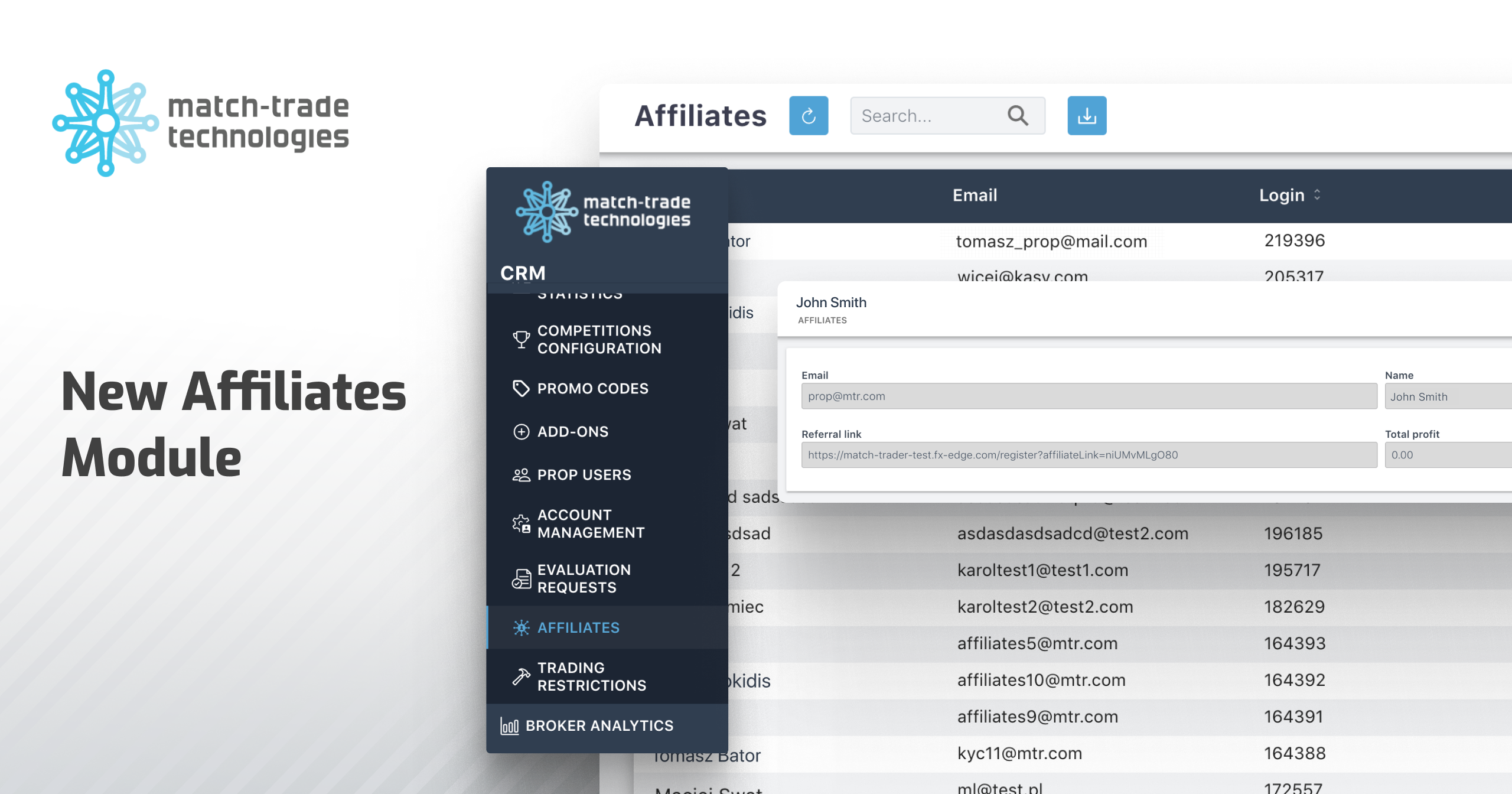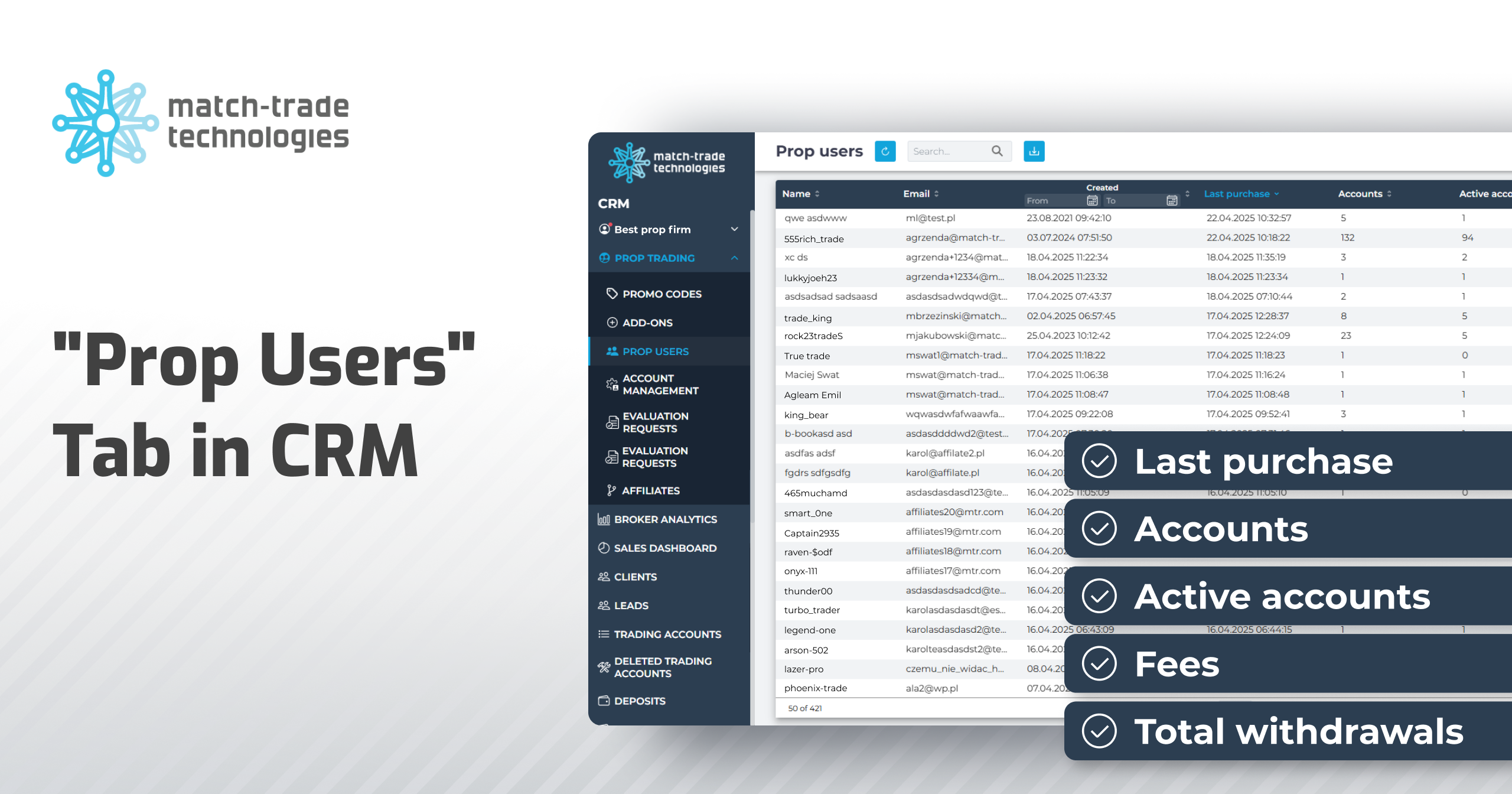Most likely, you have heard the phrase that the Forex market is the most liquid. Have you ever thought about what this means? What risks can low liquidity bring you? And who gives liquidity to Forex brokers?
The fact that forex brokers have liquidity is a big plus for all parties to the transaction. But why is it good when the market is liquid? Imagine a situation in which a Forex trader, after the release of important news, opened a position opposite to the current movement in the market. And if he tries to close the deal, he will not be able, since there is no liquidity.
Liquidity in relation to Forex is the ability to close a position at any necessary time so that the closing of a position does not affect the price. Simply put, liquidity means maintaining a high level of supply and demand for an asset. And the main task of reliable forex brokers is to provide a deep pool of liquidity to their clients.
If you are still in the process of starting your own forex broker, the first step is to determine the business model, or how you will provide liquidity for transactions made by clients on your trading platform. Simply put, you can either mediate transactions or a counterparty.
A-Book and B-Book technologies for managing client orders
In order for a trader’s deal to be carried out, there must be a counterparty in the execution chain: if someone buys an asset, then someone must sell it. Models A-Book and B-Book differ in who this counterparty is and where he comes from:
- The A-Book model is a broker model in which all trader’s orders are forwarded by the broker to the liquidity provider, which then redirects them to the interbank market. The broker’s earnings are commissions for a fixed volume of transactions (as a rule, for 1 lot) or a markup on a spread, the so-called markup. The broker in this scheme is only an intermediary, the final counterparty to the transaction is the same traders whose opposite orders are displayed on the interbank market or a liquidity provider.
- The B-Book model is a broker’s model of work, in which he himself is a counterparty to transactions. In other words, traders’ deals are not displayed anywhere outside the broker’s platform. The B-Book model is also often called “kitchen”, but not everything is so simple.
However, these are not mutually exclusive options, in our guide we described in detail what a hybrid model is, how it works and how forex brokers use it.
How do A-Book and B-Book brokers operate?
1. B-Book: DD (Dealing Desk) and MM (Market Maker) models
The counterparty for the deal is a broker-market maker who tries to find the opposite order for the trader’s order (if a trader wants to buy 1 lot, the broker is looking for someone who will sell 1 lot at the same price). If there is no such request, the market maker himself becomes a counterparty, causing a conflict of interest. If the trader got a loss, the market maker made money. If the trader’s deal is profitable, the market maker can redirect the order further to the liquidity aggregator, also called the liquidity provider.
DD broker, the market maker, dealing center – all this is the definition of one and the same counterparty, which carries out almost all transactions within its system. The DD broker itself creates the visibility of the real market for the trader, acting as a market maker for him – he can adjust the leverage, spread, influence the accuracy of quotes, artificially increase slippage, manipulate client orders, etc. In its purest form, a DD broker is a “kitchen”.
2. A-Book: NDD (No Dealing Desk) mechanism
A-Book model, in which client orders are sent directly to the interbank market. The broker acts only as an intermediary, other traders or market makers act as counterparties. Broker’s income is “markup” and commission. In other words:
If the broker does not display transactions on the interbank market, it is a DD broker, which can be equated to a “kitchen”. And here is an important point – even if he has a license. The B-Book license gives the broker the right to close transactions internally, naturally under the control of the regulatory body.
If a broker displays transactions on the interbank market, it is an NDD broker, which is an intermediary and works according to the A-Book model. If a broker has a license for the A-Book model, then the regulator monitors that all transactions are output through the software – a bridge set up by the broker to the interbank market.
Read full Guide for Brokers: Liquidity here : https://match-trade.com/guides-for-brokers/



